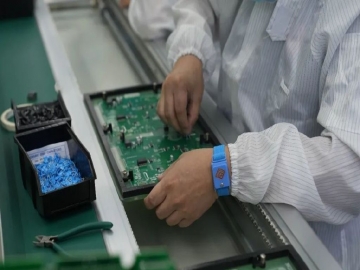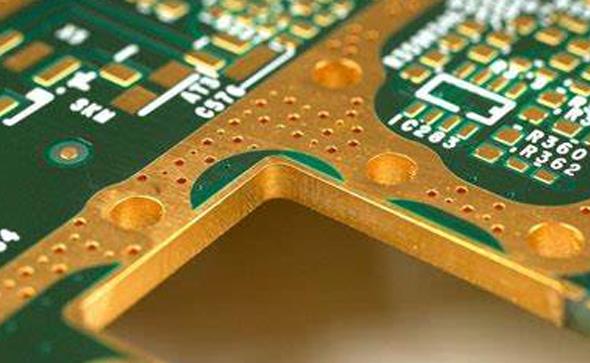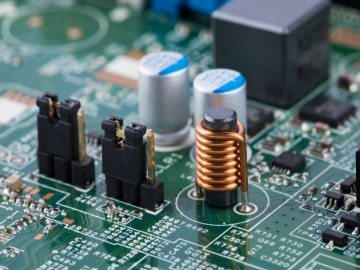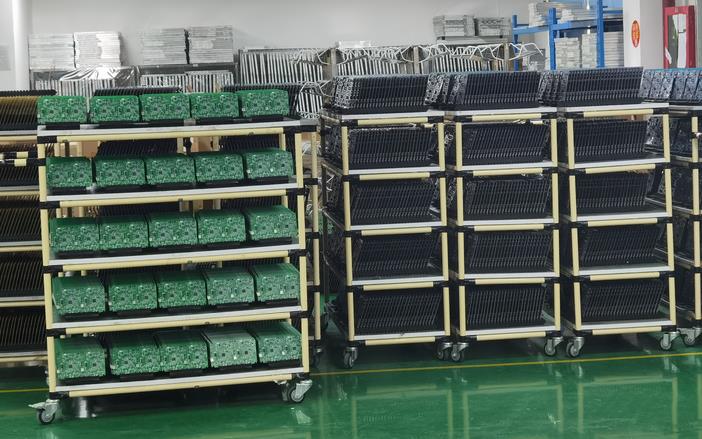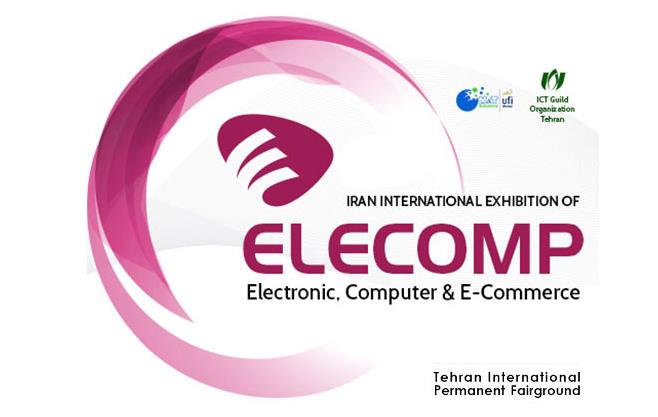Guidelines for rework and repair (electrical assembly repair, secondary welding) in PCBA processing
1. Basis for rework and repair: Rework and repair do not have design documents and regulations, have not been approved according to relevant regulations, and there is no specific rework and repair process procedure.
2. Permissible rework times for each solder joint: Defective solder joints are allowed to be reworked, and the number of rework times for each solder joint should not exceed three, otherwise the welding area will be damaged.
3. Use of dismantled components: In principle, dismantled components should not be reused. If they need to be used, they must be screened and tested according to their original electrical and process performance. Only when they meet the requirements can they be installed.
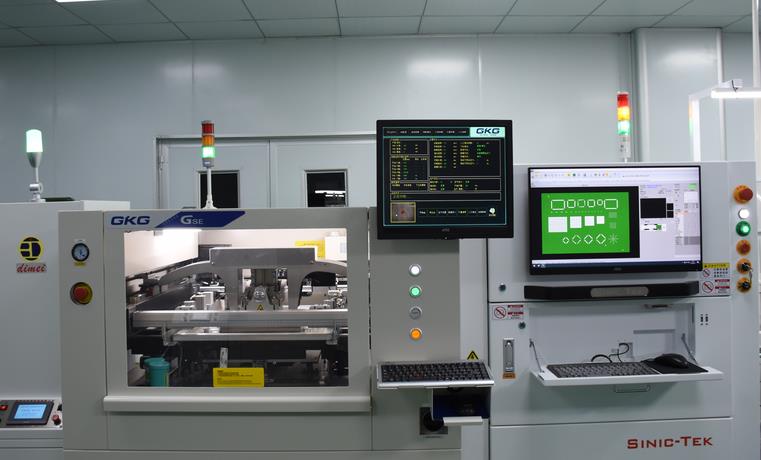
4. Soldering frequency on each pad: Each printed pad should only undergo one soldering operation (i.e. only one dimensional component replacement is allowed). The thickness of intermetallic compound (IMC) for a qualified solder joint is 1.5-3.5 µ m. After remelting, the thickness will increase, even to 50 µ m. The solder joint will become brittle, the welding strength will decrease, and there are serious reliability risks under vibration conditions; Moreover, remelting IMC requires a higher temperature, otherwise IMC cannot be removed. The copper plating layer at the through-hole outlet is the thinnest, and the solder pad is prone to fracture at this point after remelting; With the thermal expansion of the Z-axis, the copper layer undergoes deformation, and due to the obstruction of the lead tin solder joints, the solder pads detach. Under lead-free conditions, the entire solder pad will be pulled up: PCB is prone to delamination due to water vapor in the glass fiber and epoxy resin, and after multiple soldering, the solder pad is prone to warping and separation from the substrate.
5. Requirements for bow and twist after surface installation and mixed installation PCBA assembly and welding: The bow and twist after surface installation and mixed installation PCBA assembly and welding should be less than 0.75%
6. Total number of PCB assembly repairs: The total number of repairs for a PCB assembly is limited to six, and excessive rework and modification affect reliability.
Tags: PCBA /PCBA_processing /
Prev: What is DFM?
Next: What is EMS PCB How to understand it in a simple and easy way?


